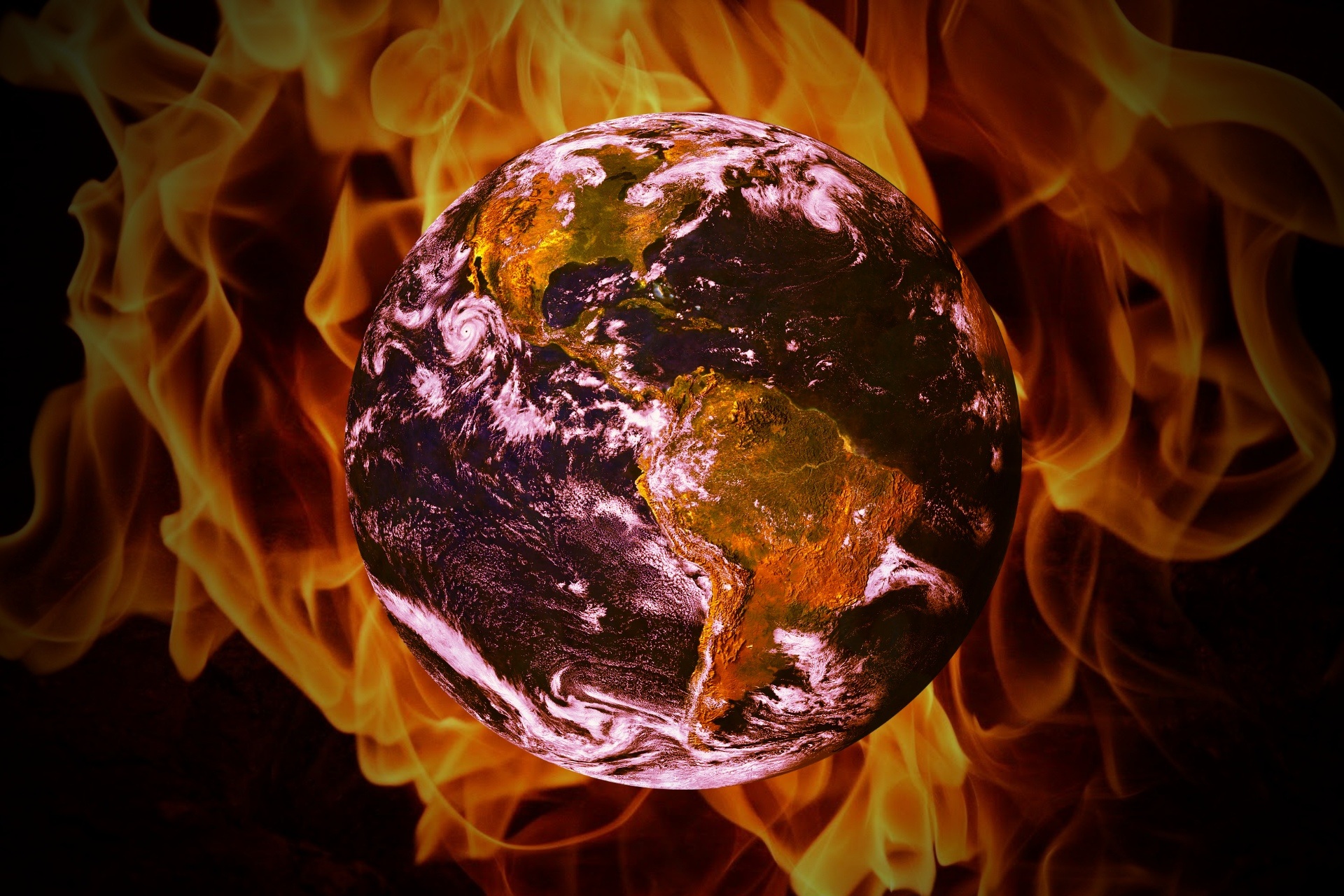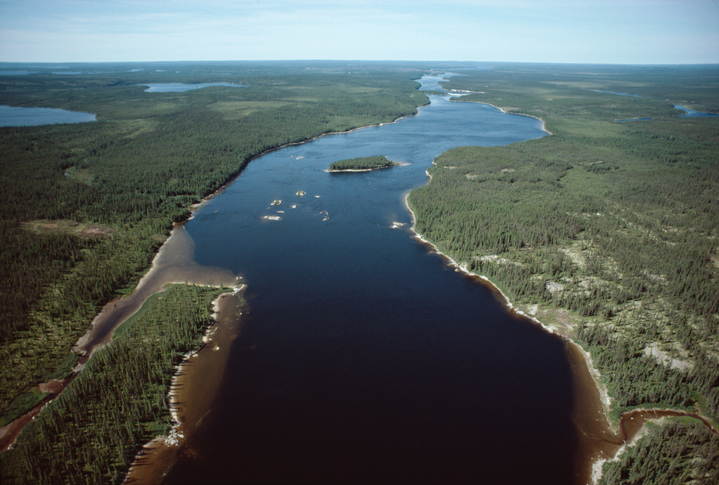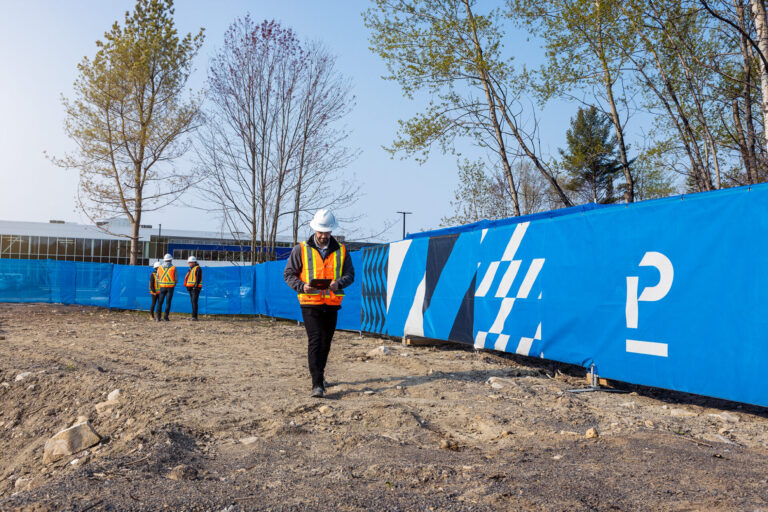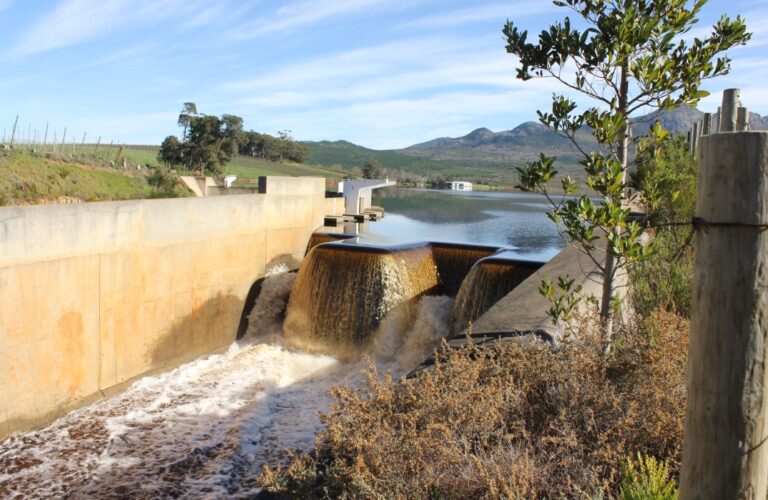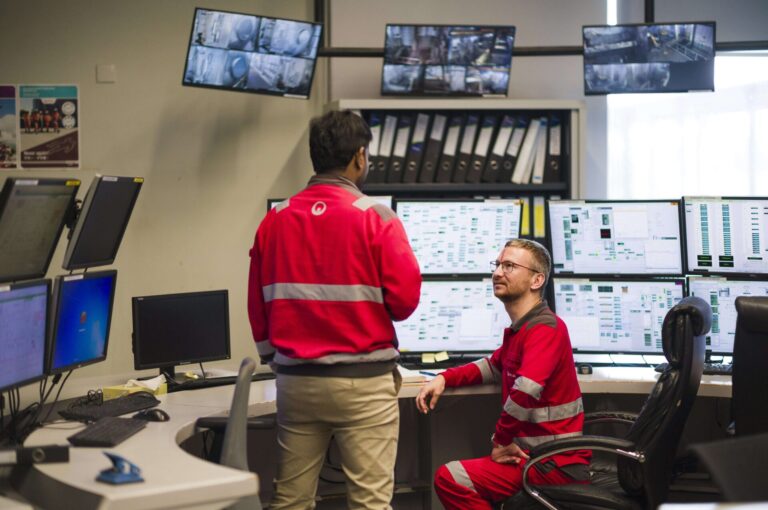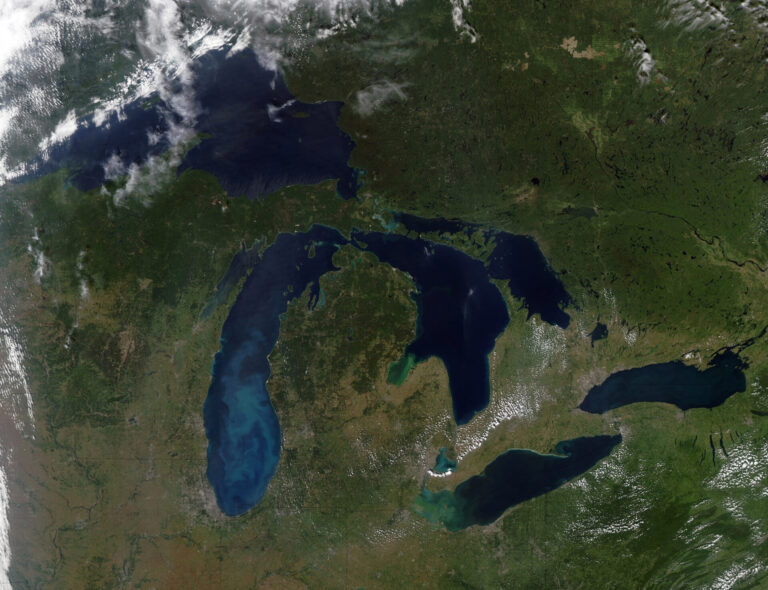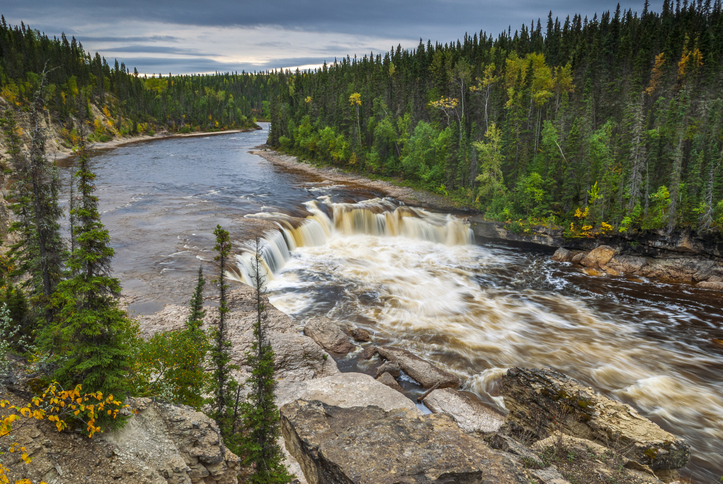The IPCC report doesn’t reveal anything we didn’t already expect if we failed to meet global carbon dioxide reductions targets. A fair reading of the Paris Agreement would be that the targets that were agreed upon require rapid cuts in greenhouse emissions to near zero by 2050. How close are we to meeting the target of zero emissions? The country pledges go nowhere near far enough to achieve the “well below” the 2 degrees Celsius goal. The gap between promise and practice continues to grow. The emissions gap between the pledges and a 2 degrees Celsius outcome are presently roughly equivalent to the combined emissions of China and the United States in 2017. With President Trump reversing America’s commitment to greenhouse gas emissions, this gap is set to become larger.
While it is technologically possible to reduce emissions to near zero, the only way this target can be achieved would be to put the eradication of greenhouse gas emissions at the same level of importance as economic growth. This would suggest that for the world to succeed—for any country to succeed—restoration of Earth system stability has to be prioritized as top-level human activity. There is now demonstrable evidence in countries like the U.S., Australia, and Canada that democracies may not be able to deal effectively with issues like climate change. As the U.S. has opted out of meeting its emissions reductions targets; China’s climate leadership suddenly matters more than ever. Whichever political system can solve the climate problem first could over time prevail.
Natural Systems Absorb and Moderate Climate Impacts
Research has revealed another complication—a complication, however, that also points to how we can create a better world by way of a renewed focus on restoration. Evidence suggests that locations that have limited, lost, or compromised natural absorptive protection from climate impacts are far more directly vulnerable to acceleration of the global water cycle and more subject to climate disasters than places where natural systems are still in place that slow or moderate those effects. What this means is that countries and regions that have, over time, allowed natural environments to be degraded or lost are going to be exposed to the full brunt of more powerful, more devastating, and more frequent floods; deeper and more persistent droughts; and, in some places, bigger, hotter, faster wildfires. And it is here that suddenly the damage we are doing to the stability of the Earth system—damage we need to reverse—becomes very, very relevant. The total cost to the world of continued greenhouse emission? Inestimable. Until now. This summer the effects of the combined heat generated principally by China and other big emitters like the U.S. and India clearly impacted the entire Northern Hemisphere.
The Summer the World Changed
The summer of 2018 was hot and deadly summer across the entire Northern Hemisphere. It began in Canada with the rapid melt of near record snowpacks and record flooding.
Then came the heat waves in Japan, South Korea, and eastern Canada. Next came the wildfires and the endless smoke that spread across Canada. California had at least eight deaths in its most severe fire season ever, which even included a fire tornado. Rapidly moving wildfires in Greece killed 91 people in July. Europe fought wildfires from Portugal to Sweden. Even the soggy forest of Wales caught fire. Meanwhile, Australia was fighting unprecedented winter bushfires. At the same time there were massive floods in France and Italy, West Africa, Columbia and Venezuela. In August, the most severe monsoon rains in over a century killed over 400 in India and displaced over 800,000 people from their homes. In the meantime, the thickest depth of multi-year Arctic sea ice, north of Greenland was melting and breaking up. The impossible seemed to be happening all at once around the world. Many around the world were now thinking about where we are headed and just how fast we may get there. Climate scientists and hydrologists warned that this could happen. We knew the threat, but we didn’t expect what happened this summer to happen so soon. Many climate scientists are saying that if you are looking for a smoking gun to confirm global change, this summer is it. Many very prominent scientists are saying that the summer of 2018 may, in fact, be a turning point in human history. It was in this year that humanity crossed an invisible threshold into a new climate regime. We have now entered an era of more severe if not permanent climate disruption. Let’s look at the numbers that support this assertion.
Learning from the Burning
According to the UN Office for Disaster Risk Reduction between 1995 and 2015, floods affected 2.3 billion people, droughts 1.1 billion more, another 660 million were impacted by storms, and another 8 million by wildfire. Recent research has demonstrated that with a mean global temperature rise of 1.5 degrees Celsius, human losses from flooding could rise by 70 per cent to 83 per cent and direct flood damage increase by 160 per cent to 240 per cent. In a 2 degrees Celsius world, the death toll is 50 per cent higher and direct economic damage doubles. Impacts at 3 degrees Celsius are notably harder to model, as the extent of variability becomes staggering. Flood impacts are further shown to have an uneven regional distribution, with the greatest losses observed on the Asian continent at all analyzed warming levels.
Climate disruption is no longer just a threat to public health, local economies, food security ,and regional and national political stability. Human and planetary health are linked; without the latter, the former becomes a moving target. We are clearly pushing planetary boundaries. Analysis of these boundaries suggests that we now face a long emergency. Now that we have been put on notice once again, what should we do?
The Restoration Imperative
Sustainable development has been defined in many ways, but the most frequently quoted definition is from Our Common Future, also known as the Brundtland Report: “Sustainable development is development that meets the needs of the present without compromising the ability of future generations to meet their own needs.”
What crossing this threshold into a new climate regimes means is that we must first—and to a very real extent—restore the world as we have known it before we can begin fulfilling the terms of Brundtland’s definition of what it means to be sustainable. We literally have to go back to go forward again. What the loss of hydro-climatic stability tells us is that true sustainability may be beyond our grasp if we don’t do the right thing now. But we can and need to do more. We keep talking about adaptation in service of resilience, but resilience implies protecting what we have now. We need to be pre-silient; we need to protect what we have certainly, but more than that we need to adapt now for what is to come. To be sustainable, development in the future must not only be environmentally neutral, it must also be both restorative and pre-silient.
We know what we have to do. In order to deal with what we have done to the world, we need to remake our society, just as China is trying to do. We can do that under the aegis of a “Restoration Imperative.” Such an imperative would demand that we restore responsibility to human dignity and commit to a vision for the future of humanity and the planet, certainly. But most urgently such an imperative must become an immediately effective vehicle for not just the protection but for the rapid restoration of critical natural system function so that we can restore balance in the world and step back from the climate crisis.
Let restoration be our imperative. We can create an Ecological Civilization. We have the Dublin Charter for One Health to guide us. We also have, at last, a comprehensive definition of what sustainable development really means and embraces, and a firm timetable for achieving sustainability globally. Sustainable development as defined by the 2030 Transforming Our World agenda makes it clear that unless we all take the same common goals seriously and implement meaningful and measurable actions at the national level in every country in the world, now, we will not achieve global sustainability. This means there can be no laggards, particularly in the developed world. It also means that the world cannot afford to leave anyone behind. The IPCC report warns of a pending planetary emergency. If we are to pass on a habitable world, it is a report that cannot be ignored.

